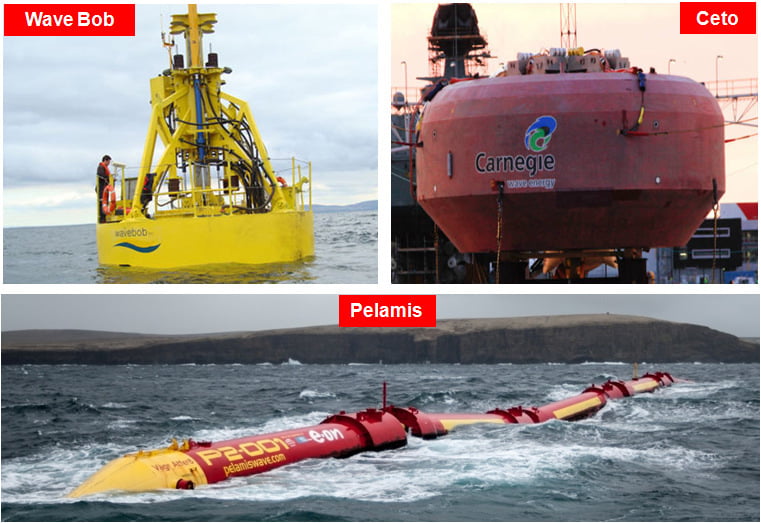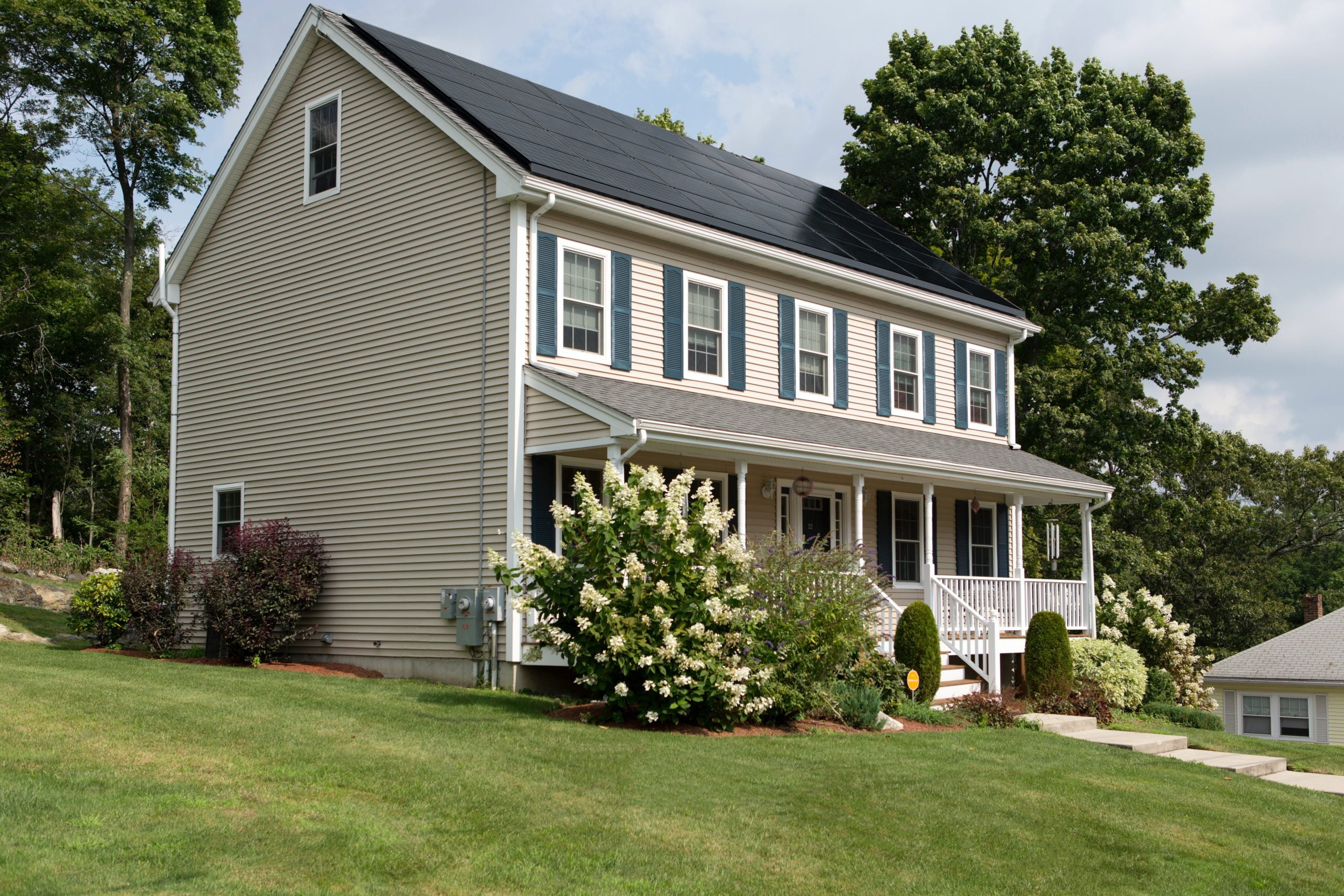Sustainable Design Must also Includes Sources of Energy
Water and Waves
Our world is made up of 70% of water and only 30% of land mass. There is a reason why the earth is named as the blue planet. In everyday life we have ebb and flow that cause the waves.
Humanity is looking for renewable resources.
We can use water as an advantage for ourselves but also for our environment. We can use the waves to generate electricity. The use of the waves could be of great importance for coastal locations.
The 1973 oil crisis caused great changes in the perspective of renewable resources. People have invested more in wave power plant and others.
What Is a Wave Power Plant?
The kinetic energy that the waves create is very strong. You get this energy with wind that blows over the surface of the sea.
The wind gets its power from the sun. The wave power plant is very common in different parts of the world. The largest wave power plants can be found in Scotland, Portugal and Australia.
There are different types of these power plants such as CETO, Pelamis, Wave Bob. The technology differs with the location of the power generation. Pelamis works on the basis of the sea barrels that move the vertically moving waves in horizontal ones. It is positioned on the Mediterranean. Polemis can achieve more than 3 mWh of electricity.

Another advantage is that the wave power does not need a dam, which is of great importance for the environment. It has no negative impact on the environment. In addition, they do not need that much space, which is a strong point given the limited free coastal area.
Wave power plants are renewable, clean and have huge potential. The waves can produce more than 2700 gWh of electricity, but we can only use 500 gWh.
In addition, they are distributed worldwide and always available, but we do not have large energy costs. People can use the satellites quite normally, which allows easier planning of wave usage and electricity generation. The biggest problem is the impossibility of using this type of energy all over the world. Not all countries have the same potential as Scotland or Australia, for example.
The power of the waves is always available, the only thing that changes is the intensity. For this reason, it is also good to invest in this type of renewable energy.
Sun and Solar Energy
We can also use the sun, which keeps us alive, as a renewable resource for generating electricity. Solar radiation is responsible for preferred climatic conditions and for the existence of ecosystems.
As with the wave power plant, the beginning of solar energy also began with the 1973 oil crisis. Various experiments were carried out as early as the 19th century, but without success. It was not until the beginning of the 1990s that solar panels were produced with greater intensity. At the moment solar energy is spread all over the world and many countries such as Germany, Italy, China, Japan and United States have concentrated their power generation on solar energy.
Germany has fulfilled 50% of its everyday energy supply with solar energy. China is the world’s largest buyer of solar panels.
How Does Solar Panel Work and What Types of Them Do We Know?
More and more people are using solar energy to avoid costs and protect the environment.
Now we ask ourselves how does solar system actually work in the household and in the company? The solar modules in a photovoltaic system convert sunlight into electrical energy. The light of the sun causes an electrical voltage when it hits the solar cell. This is already removed on the surface.
Several solar cells are electrically interleaved with one another in a solar module of a photovoltaic system. The electrical voltage is added together in series. Each individual cell has about 0.6 volts.
A common module with around 60 cells generates a module voltage of around 36 volts in total in this way. The most common solar modules used are crystalline silicon (Si). Highly pure silicon (Si), which is obtained from quartz sand, is further processed for this purpose.
The efficiency of a solar module is between 11 and 16 percent. For example, modules made of crystal-pure silicon (Si) are used as standard on roof systems. If thin-film modules are used, the efficiency is significantly lower.
For thin-film modules, it is a maximum of 9 percent. Due to their extremely low costs, thin-film modules are particularly suitable for the operation of large-scale systems in which the space consumption is completely secondary.

Advantages of Solar Energy and Solar Panels
- Ecobalance: Solar panels are low in pollutants and recyclable. In addition, the environment looks more beautiful and has no negative impact on our nature.
- Own energy supply: Your own solar panel on the roof of the house can easily generate electricity for the whole household all year round.
- Profit: the people with the solar system in their own household pay less for electricity. Most of them get subsidies in many countries to put solar systems on the roof.
- Independence: Increases in electricity prices across the country will have no effect on people using the solar system.
Disadvantages of Solar Energy and Solar Panels
Wear and tear: Each solar panel has a maximum lifespan of 25 years. But most of them are described as defective after 15 years and that causes high costs.
- Costs: The construction of the solar panels for a household costs on average 7000e. The costs are only amortized after 5 years.
- Taxes: Too much electricity produced can bring people profit, but taxes must be paid for this. Tax level differs from country to country.
Investments in renewable resources are always attractive because we live in times when the greenhouse effect is still very relevant. Besides, our nature also needs our help. We destroyed it and so we have to help it to heal.
If we were to concentrate more on wave power plants and solar energy, we would also protect our rivers, lakes and all of nature.
Sources
- Wie funktioniert eine Solaranlage? Hier verständlich erklärt 🥇 Solaranlagen ABC
- Some state-of-the-art WEC systems (Wave Bob, Ceto and Pelamis) defined
- Wikipedia – Die freie Enzyklopädie
Picture
- Pixabay





Sure, wave power plants and solar energy are great, but what about harnessing wind power? #ThinkingOutsideTheBox
Wind power is already widely used and recognized as a valuable renewable energy source. So, no need to think outside the box here. Its about time we focus on implementing a combination of all these clean energy solutions for a sustainable future. #KeepingItReal
Who needs fossil fuels when we have waves and the sun? Lets ride the renewable energy wave!
Sure, renewable energy sources like waves and the sun are great. But lets not forget that they have their limitations too. We still need a mix of energy resources to meet the demands of our growing population.
wave power plants are like surfing for electricity! So cool! 🌊⚡️
Actually, wave power plants arent as cool as they may seem. They are expensive to build, have a limited energy output, and pose environmental risks. There are more efficient and sustainable alternatives out there.
wave power plants and solar energy are game-changers! Cant wait to see more renewable advancements. 🌊☀️
Yeah, sure, renewable energy is great and all. But lets not forget about the drawbacks and limitations of wave power plants and solar energy. Theyre not the ultimate solution to our energy needs. We need to keep exploring other options too.
imagine a world where we can power our homes just using waves! 🌊💡 Mind-blowing, right?
Ja, aber was ist mit der Energie aus Regenbogen-Einhörnern? Haben wir das schon erforscht? #alternativeEnergien
Comment: Wave power plants and solar energy are cool, but can we harness the power of moonlight too? 🌙
Moonlight doesnt pack enough punch to generate significant power. Lets stick to more practical and efficient sources like wave power and solar energy. We need solutions that can make a real impact, not just chase after romantic notions.
Wave power plants are cool, but can they really compete with the mighty sun? 🌊☀️ #RenewableEnergyDebate
Wave power plants and solar energy are cool, but what about harnessing the power of rainbow unicorns? 🌈🦄
While the idea of harnessing rainbow unicorns may sound enchanting, lets focus on practical solutions for renewable energy. Wave power and solar energy have proven track records, providing sustainable alternatives. Lets keep our feet on the ground and strive for viable solutions to combat climate change. 🌊☀️